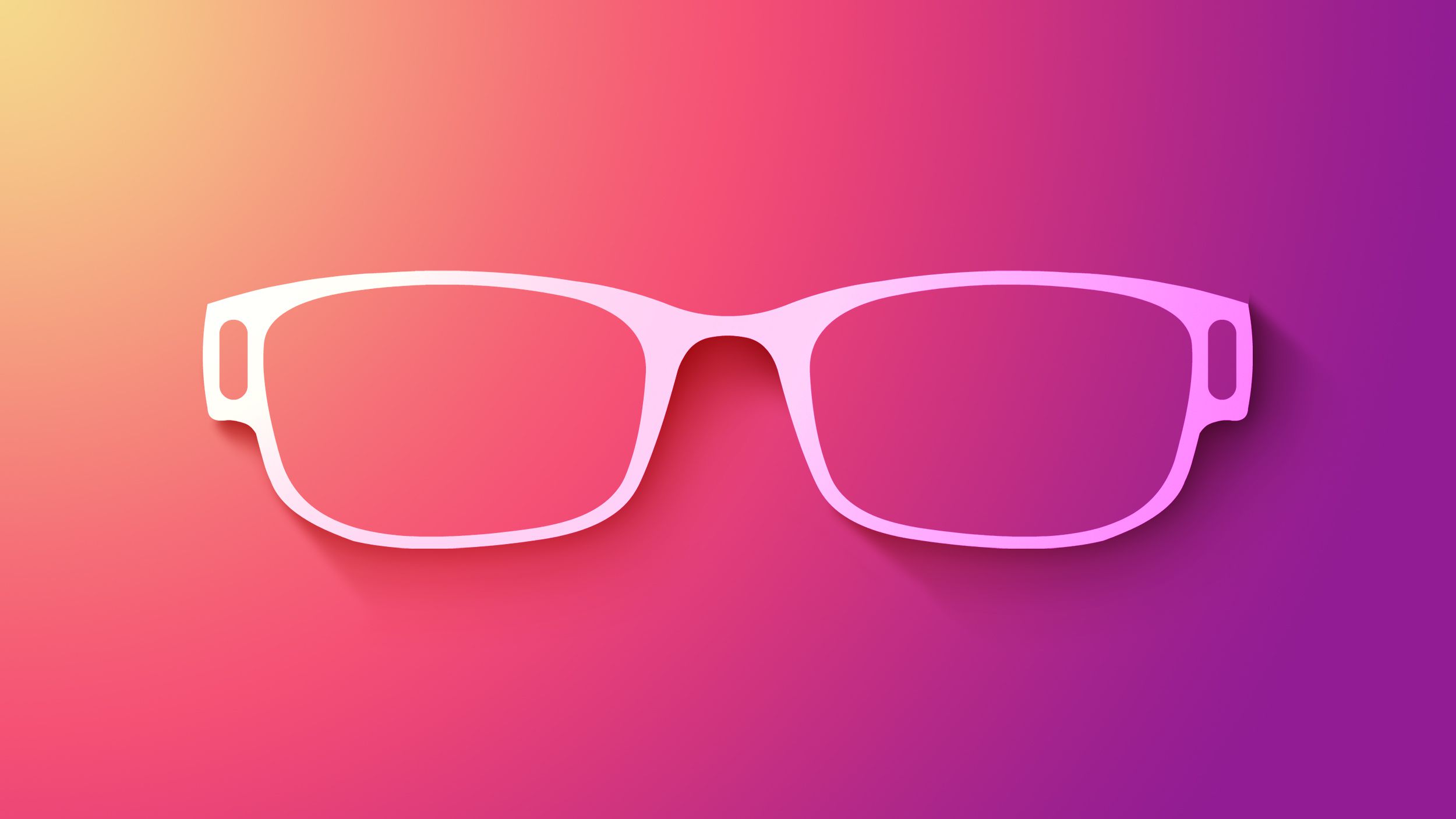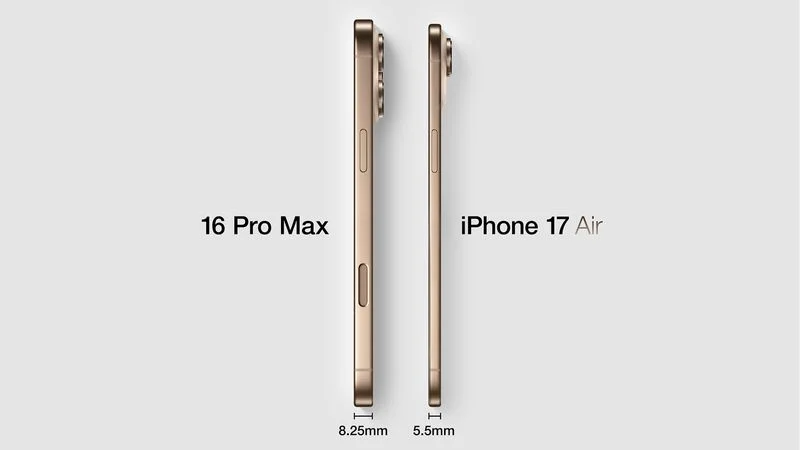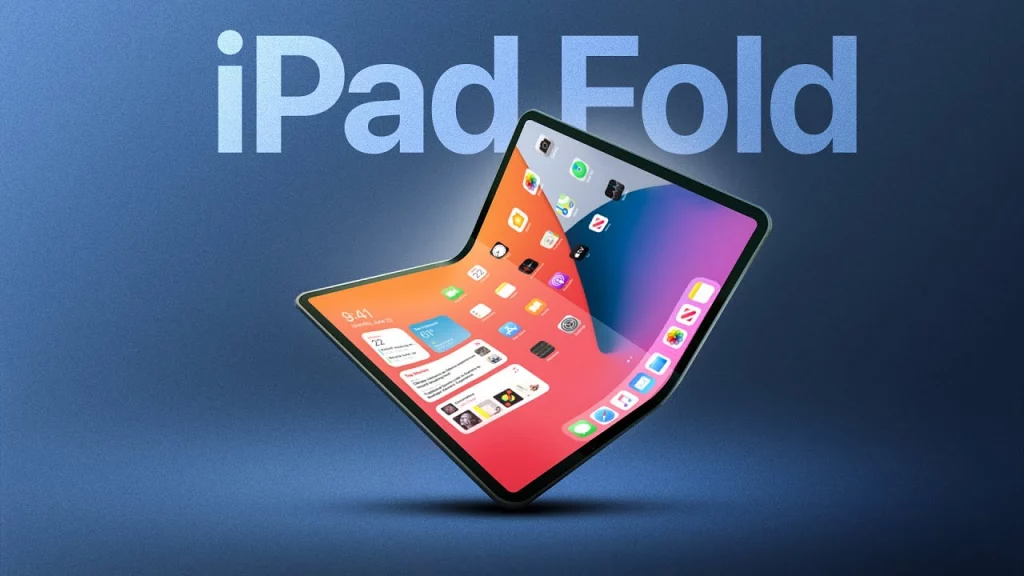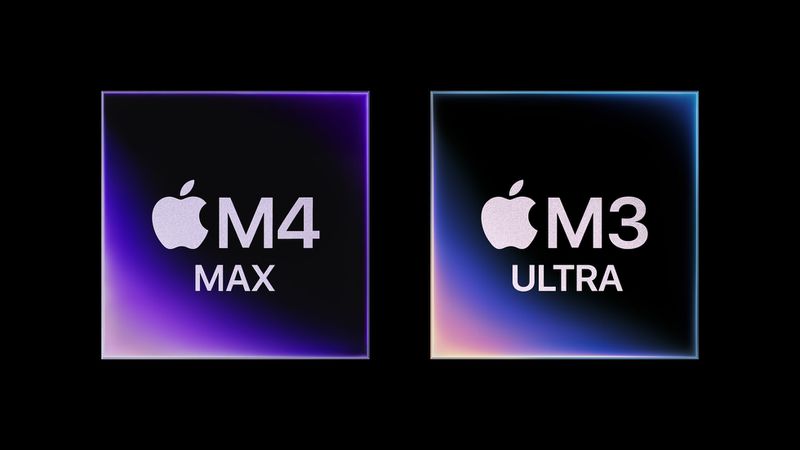Today, Apple shared the third test versions of its upcoming software updates: iOS 18.4 and iPadOS 18.4 for iPhones and iPads, macOS Sequoia 15.4 for Macs, and visionOS 2.4, tvOS 18.4, and watchOS 11.4 for Vision Pro, Apple TV, and Apple Watch. These updates come a week after the second test versions were released.
iOS 18.4 and iPadOS 18.4: What’s New
You can grab these updates on your iPhone or iPad by heading to Settings > General > Software Update. One cool addition is Priority Notifications, a smart feature that figures out which alerts matter most and puts them front and center on your Lock Screen. There’s also a new Food section in Apple News+ for subscribers, packed with tasty content.
Plus, Image Playground now has a Sketch option to create drawings that look hand-drawn. The update supports more languages like French, Spanish, and Japanese for Apple’s smart tools. New emojis are here too, along with a Vision Pro app for managing your headset right from your phone. iPads now get Mail Categorization, and there’s a relaxing Ambient Music feature in the Control Center. Apple plans to launch these in early April.
macOS Sequoia 15.4: Fresh Features for Macs
Mac users can join the test by going to System Settings > Software Update with a developer Apple ID. This update brings Mail Categorization to Macs, sorting emails into handy groups like deals, updates, and important messages. You’ll also find new emojis, a Food section in Apple News+, and a Sketch tool in Image Playground. Plus, you can now make Memory Movies in Photos. It’ll roll out in early April too.
Vision Pro, Apple TV, and Apple Watch Updates
The third test versions of visionOS 2.4, tvOS 18.4, and watchOS 11.4 are out for developers too. VisionOS 2.4 stands out, adding smart features like Writing Tools and Priority Notifications to Vision Pro. It also includes a Spatial Gallery app with cool 3D photos and videos and a handy iPhone app to manage your headset. With iOS 18.4, you can even set up Guest Mode for others to try your Vision Pro easily. These updates are set for early April as well.








